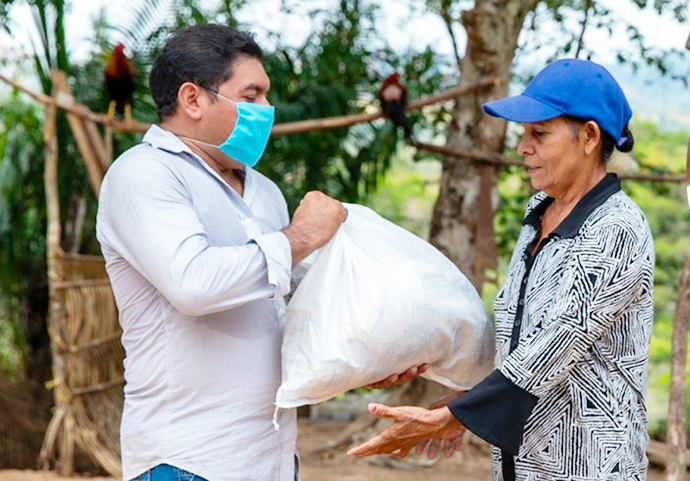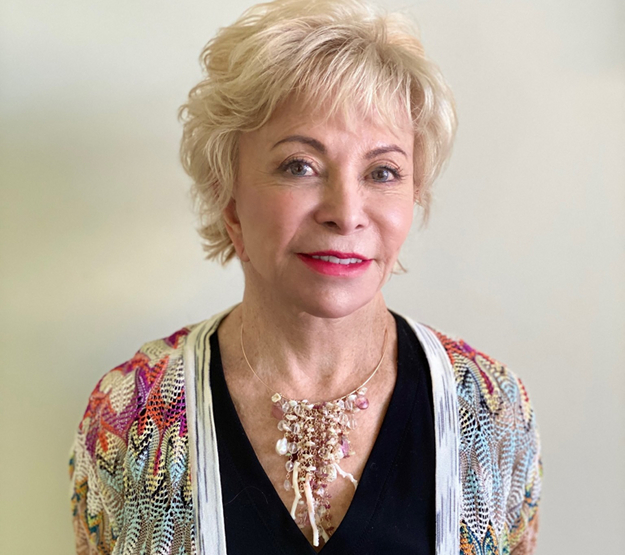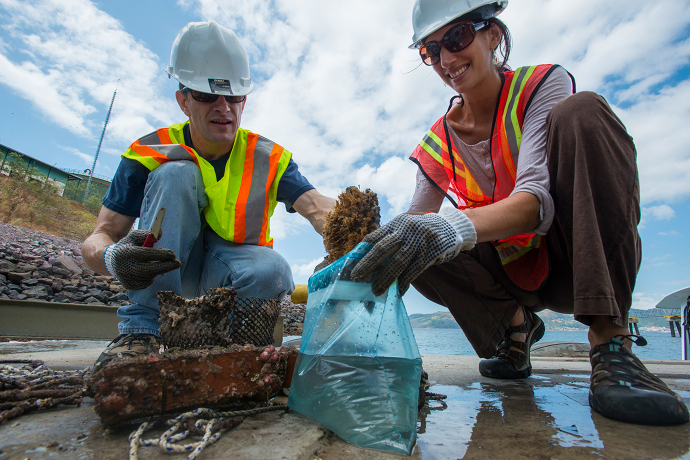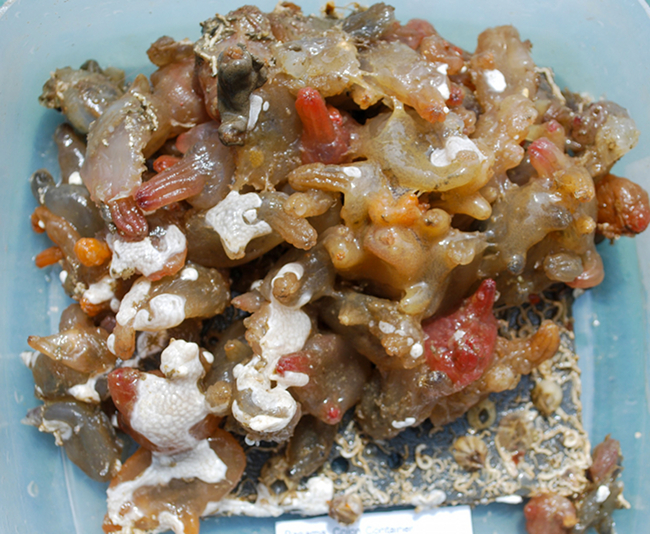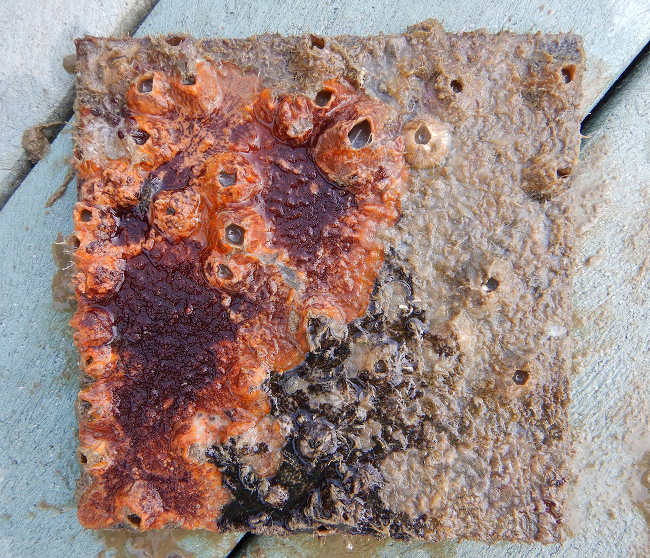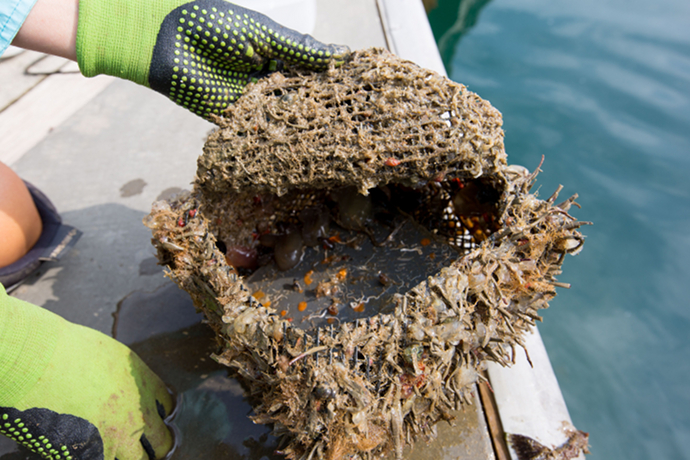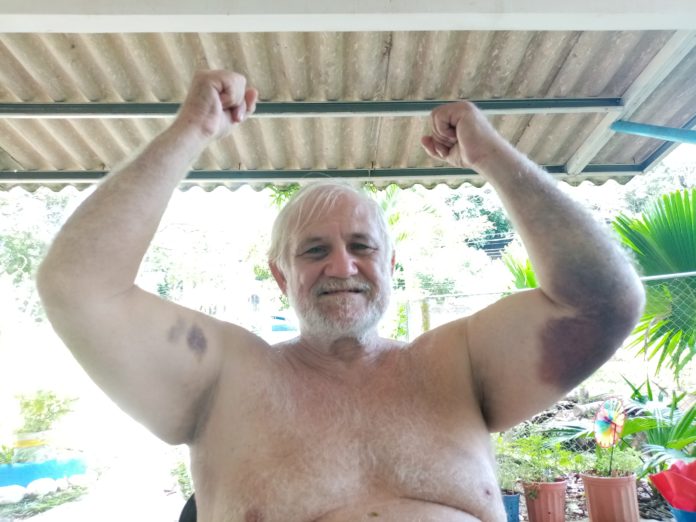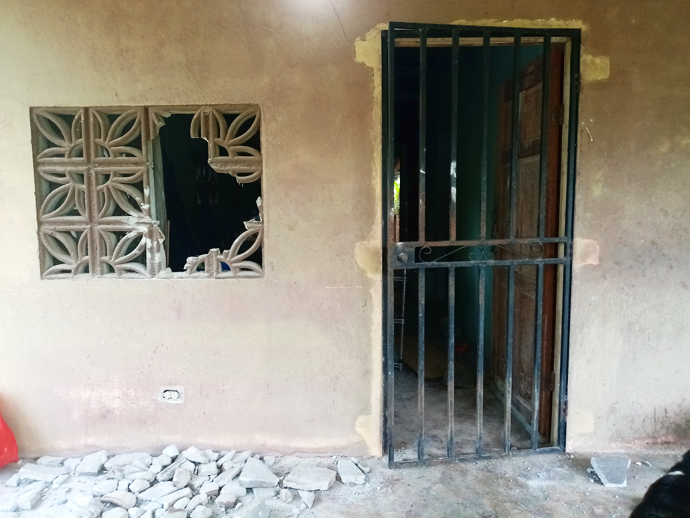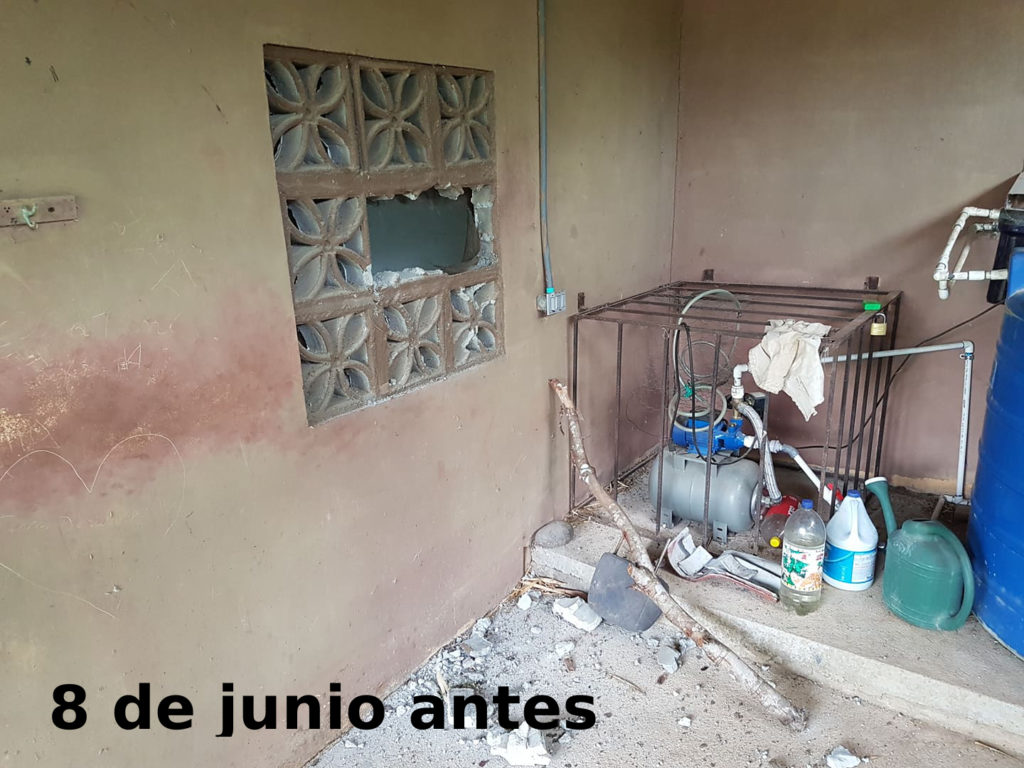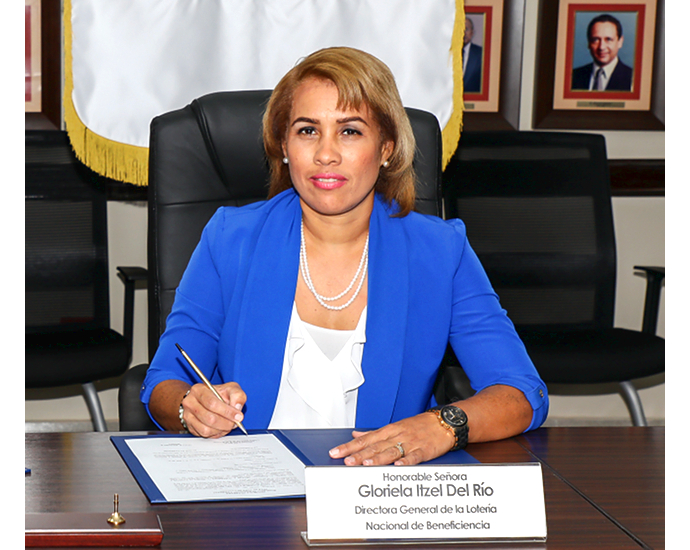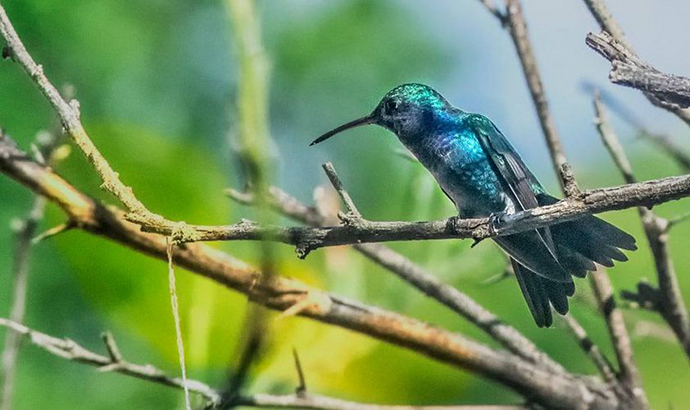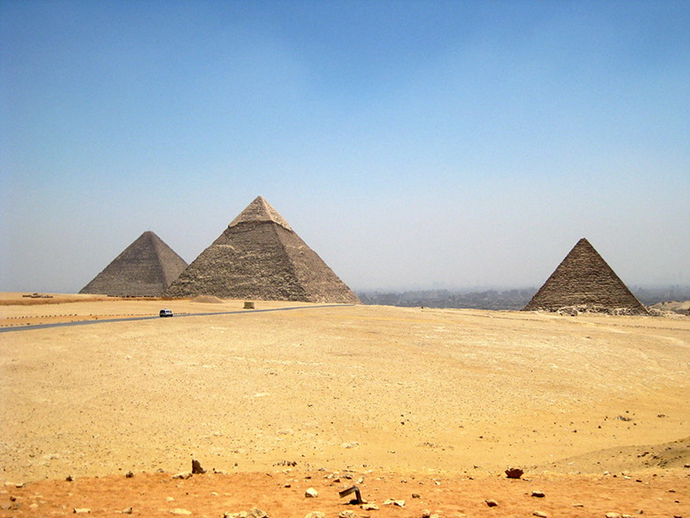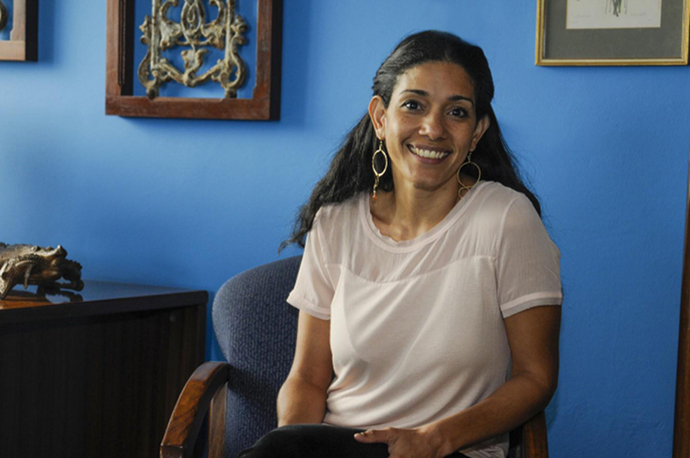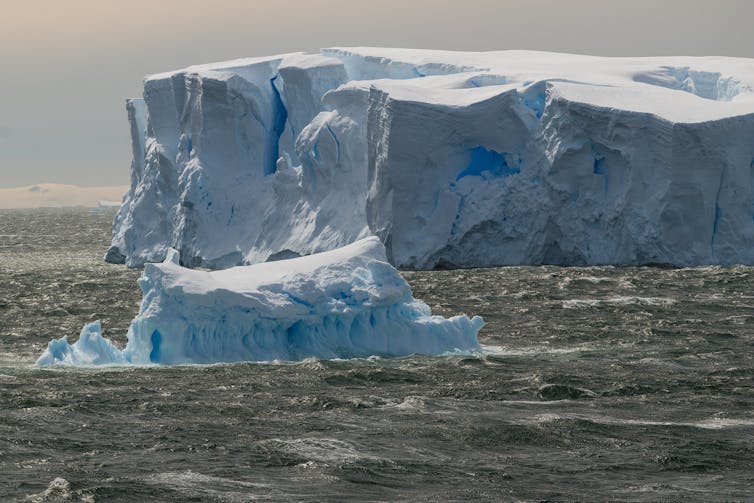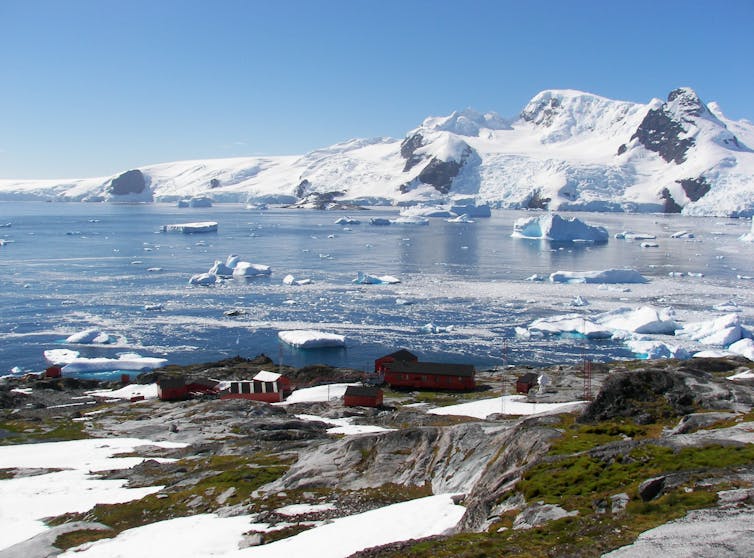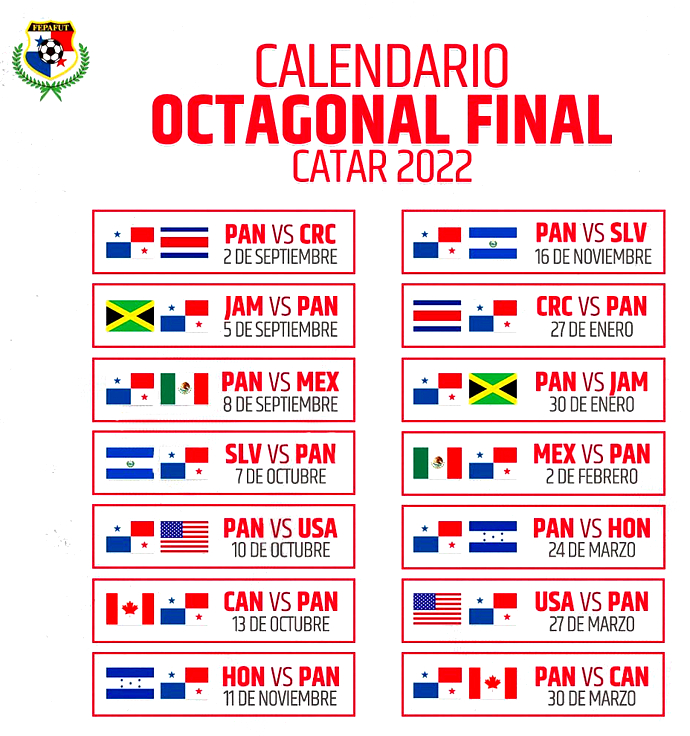Gloriela Del Rio, MOLIRENA operative and head of the national lottery. Two developments, one on the legislative front that might make her party’s support for the PRD unnecessary, and another on a legal front with Electoral Prosecutor Dilio Arcia’s apparent intention to look again at a matter that an ordinary anti-corruption prosecutor dismissed, may mean that here problems have not been fixed after all. Photo by the Lotería Nacional de Beneficencia (LNB).
Second opinion and CD faction’s shift might make MOLIRENA’s power struggles more pointless than usual
by Eric Jackson
Panama’s registered political parties don’t stand for anything,. They are businesses that compete several levels, the usual prizes being government jobs public works contracts. As designed during the 21-year military dictatorship, it’s a highly centralized plum distribution system, originally run by the commander of the Panama Defense Forces via a figurehead president but since the bloody 1989 invasion it’s mostly the president who hands out the goodies. But the system was designed give an array of lesser figures powers to hire, fire and contract — so long as they don’t get so annoyingly independent or oppositional as to invite budget cuts from above.
So, what might be the business calculations of a small party?
It might form an alliance with a larger party that leads the winning ticket. If things go well, the president’s party may not have enough deputies in the legislature to form a majority. Presidents can largely rule by decree if they wish and if circumstances permit it, but they do like to have majorities in the National Assembly to approve the laws, budgets and contracts that they want. I your small party business won five seats in the legislature and the larger party with which you were allied in the election won a seat less than a majority — that’s a jackpot! Jobs for party members. Consideration for pet projects that members of your legislative caucus want. Ordinarily, government agencies handed over as fiefdoms for the next five years. With five of 71 seat to add onto the Democratic Revolutionary Party’s (PRD’s) 34, that was worth the IDAAN water and sewer utility and the national lottery for the Nationalist Republican Liberal Movement (MOLIRENA).
Other prizes in this game include the legislators’ office and committee staff budgets, political patronage in the municipal districts to the extent that a party wins local elections and a great many presidential appointments — diplomatic posts, provincial governorships, spots on the boards of directors of semi-autonomous public agencies and on and on. Then there is the very important bottom line, the subsidies from the Electoral Tribunal for those parties that won enough votes to retain ballot status, proportionate to their share of the vote in the elections.
MOLIRENA got the lottery, fired all of the holdovers whom they could, hire as many MOLIRENA people as they could. Part of that latter reward came due to budget generosity from on high, such the the LNB has a larger budget than Panama’s court system.
In keeping with the long tradition of Panamanian liberalism, MOLIRENA has screwed it up. This reporter lives where there are septic tanks and a rural aqueduct, so better to listen to the more urbanized folks served by by IDAAN to hear their weeping and wailing and gnashing of teeth. The party’s big problem, which they may have thought they dodged but perhaps not so, is the LNB.
The confession
In an astounding interview published in La Prensa, MOLIRENA deputy and the outgoing vice president of the National Assembly Tito Rodríguez outlines the basic political patronage deal there, and expresses his fond hopes for a bigger share of it — if only the party rules are changed to allow him to challenge party boss Pancho Alemán:
Q: Does presiding over the party have that much power?
“Politically, you deal with the head of the government. That is very advantageous in order to get support, appointments, scholarships, projects and a few benefits.”
…
Q: How many people do you have named in your office and in the vice presidency?
“Three in the vice presidency. And on my payroll I don’t know … Like 20. They give us $20,000.”
Q: And, outside the Assembly?
“In the Ministry of Government, my ex-wife. My wife, in the lottery. And a brother-in-law in the lottery, but they kicked him out for lack of confidence.”
Q: And who else?
“In my sector, due to decentralization, a lottery leadership was set to go. There were 40 of my people, and [MOLIRENA president] Pancho [Alemán] did not want to give me that. He’s naming all the lottery people nationwide. …”
Turbulent waters in which to fish — or not
There was an uproar, and various offices said they’d investigate after the interview was published. But the lottery was already enmeshed in suspicions, dismissed from the start from many of those on high but not by the president himself. To many Panamanians the dismissals were expected but not credible. It appears that certain lottery books were not getting returned to the LNB before the drawings as required, leaving room for winning ticked to to “sold” after the drawing. Those suspicions were especially enhanced with respect to the April 26 Zodiaco Millionario drawing, which led to the prize being withheld for several weeks of investigation by the Comptroller General.
Also pending were the complaints of at least two LNB employees —former as soon as they objected, apparently — that the director and other superiors at the lottery were demanding that all employees become dues-paying members of MOLIRENA, If true, there would be a couple of crimes in that, politicking on government time and coercion to join a political party.
In “the end,” the Comptroller released the more than million-dollar prize after a brief “investigation” in which it was determined that the winner was poor.
(Consider where THAT sort of jurisprudence is going to get Panama in its various quests to get off of the several international financial blacklists on which the country is listed. If one launders money through someone who is poor, that makes it OK according to Panamanian justice?)
The employees’ complaints about the party membership shakedown? The Public Ministry dismissed that case, calling the witnesses’ testimony unspecified “deficient.”
However, Electoral Prosecutor Arcia then formally requested the complete file from the Public Ministry, as the alleged membership shakedown in LNB working hours would be crimes within the purview of the Electoral Tribunal’s jurisdiction as well. It seems that the electoral prosecution view is that if the two women’s testimony may have not made an open and shut case, they could still be important proofs within the scheme of a full and genuine investigation
A crumbling Cambio Democratico perhaps changes the political math
So, what if President Cortizo no longer needed MOLIRENA to get things approved in the National Assembly?
Ricardo Martinelli created and owned Cambio Democratico (CD), but then he fled the country, did some time in jail and, along with his sons currently fighting extradition to the United States from Guatemala, treated the world to an international spectacle of endless frivolous motions, malingering, dubious and generally reversed legal “victories” and unorthodox legal theories expounded in the newspapers that Martinelli owns. Having previously threatened CD legislators with exposure from the spy dossiers he said he keeps on all of them, the legislative caucus and much of he rank-and-file had enough. Morgan & Morgan corporate lawyer Rómulo Roux was the party’s standard bearer in 2019 and he took control of the party.
In a huff, Martinelli went off and founded a new party bearing his RM initials. It remains to be seen whether the former president, facing a plethora of charges and going on trial next week on illegal electronic eavesdropping charges, will be behind bars and disqualified for the 2024 contest.
A large minority of Panamanians buy the “He stole, but he did things” pitch made on Martinelli’s behalf, but in the CD legislative caucus, nine of the 18 deputies have defied Martinelli and ignored Roux to declare that come July 1 they will not only vote for PRD choice Dr. Crispiano Adames as National Assembly president for the coming year but also will be supporting the PRD government in general. Their leader in this move is former assembly president Yanibel Ábrego. Also on board is former PRD legislator and mayor of Portobelo Nelson Jackson.
Unlike most other parties, the PRD looks askance at former members who jump to other formations, and party switchers in general. But that said, if nine members of the CD caucus are going to join the PRD’s coalition, might that not make the five MOLIRENA deputies less essential? And more disposable not necessarily for being crooks, but for being outwardly crass about it?
To be seen. There have been many anti-corruption shows that come to nothing.
The appearance is that, regardless of how the intra-MOLIRENA brawl between Alemán and Rodríguez plays out, MOLIRENA is all of a sudden much less relevant in the scheme of things.
Contact us by email at fund4thepanamanews@gmail.com
To fend off hackers, organized trolls and other online vandalism, our website comments feature is switched off. Instead, come to our Facebook page to join in the discussion.
These links are interactive — click on the boxes






